T and TT Sounds
English Pronunciation, Lesson 32
Most letters in English do not have just one sound. T and Double T (TT) are pronounced in three different ways. The letter T can also be silent. How do you pronounce these? In this lesson, you will learn rules to help you pronounce the T and TT sounds in American English.
Click Here for Step-by-Step Rules, Stories and Exercises to Practice All English Tenses
To sound like a native speaker, it is important to know that there are a few different ways to make the T sound in English. In this lesson, we studied the true T and D sounds: T and D sounds.
The true T sound (also known as hard T) is found in words such as top, hat, late, and toy. (The true T sound is simply the regular T sound.)
T and Double T (TT) can also be pronounced as a D sound and a glottal stop (the sound you hear in the middle of uh-oh.)
There are four basic rules for the T sound:
- The true T sound
- The D sound
- The glottal stop
("Glottal" means produced by the glottis. And a glottis is the vocal cords in your throat and the opening between them.) - Silent T
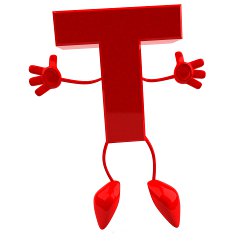

T and TT pronunciation rules
Rule 1: The true T sound
The true T sound is simply the regular T sound heard in words like top and it.
You make the True T sound when T or Double T (TT) is at the beginning of a word or at the beginning of a stressed syllable in a word.
A syllable is a word or part of a word that contains a single vowel sound.
Example:
- word = 1 syllable
- English = 2 syllables (En-glish)
- beginning = 3 syllable (be-gin-ning)
A stressed syllable is the part of a word that is pronounced slightly louder and longer than the rest of the word. Use a dictionary to find the stressed syllable.
- today
- tomorrow
- twin
- top
- attack
(a-tack)
- tattoo (ta-too)
- pretend
(pre-tend)
- italics
(i-tal-ics)
You also make the true T sound when the T sound is part of a consonant cluster. A consonant cluster is a group of consonants without a vowel.
- A consonant is any letter in the alphabet except the vowels.
- English vowels are a, e, i, o, and u.
Consonant clusters at the
beginning of a word
ST-
- star
- staple

- start
STR-
- string
- straight
- strip
TR-
- trip
- try
- tray
Consonant
clusters at the end
of a word or syllable
CT
- fact
- doctor
FT
- lift
- lifting
LT
- tilt
- tilted
ST
- past
- faster
PT
- erupt
- captain
NT
- faint
- scented
In the past tense, D sounds like T
In the English past tense, D is pronounced like T when it is after an unvoiced consonant sound (f, p, s, k, th, sh, ch,
but not T). Unvoiced or voiceless consonant sounds are sounds that
are not made with the vocal cords. Instead, they are made using a puff
of air.
- jumped = jumpt
- washed = washt
- laughed = laft
- placed = placet
- locked = lokt
- watched = wacht
- unearthed = unertht
Rule 2: The D sound
Sometimes T and TT are pronounced as a D sound. You can review the D sound here: T and D Sounds.When T or TT comes between two vowel sounds or diphthong sounds, pronounce T or TT as D.
- daughter = daugh-der
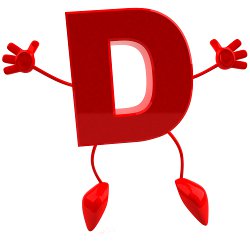
- computer = com-pu-der
- settle = se-dle
- bottle = bo-dle
- water = wa-der
- heater = hea-der
- letter = le-der
T and TT can also be pronounced as a D when the T sound comes at the end of a word and the next word starts with a vowel sound (a, e, i, o, u).
Example: What a good idea.
Many native speakers link the two words together ("What" and "a") and make a D sound instead of a true T.
- What? = true T
What a good idea. = D sound
(Whad-a good idea.) - Put = true T
it = true T
Put it away! = D sound
(Pud-id-away!)
Note: The use of the D or true T sounds can vary from person to person and by region. Native speakers do not usually study these rules. It is just their natural way of speaking. You will find exceptions to every rule!
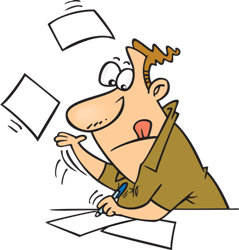
Rule 3: The glottal stop
A glottal stop (or stop consonant) is made when the flow of air through your mouth is stopped by either your tongue or your lips. This causes a build-up of air. When the air is released, it makes a small, explosive sound.
("Glottal" means produced by the glottis. And a glottis is the vocal cords in your throat and the opening between them.)
The P and B sounds, T and D sounds, and K and G sounds are all stop consonants.
See this video lesson about the glottal stop:
The T sound is pronounced as a glottal stop when it is between a vowel sound, n sound, or r sound and followed by an n, m, or l sound.
vowel, N, R sound ==>> T or TT ==>> N, M, L sound
- partner
- tighten
- frighten
- fitness
- certain
- curtain
Rule 4: Silent T
Sometimes a T is silent. This means that you do not pronounce the T in these words. There are no real rules for these words. Some words are just pronounced with a silent T by most native speakers. Some of these words are borrowed from other languages and the T is not pronounced (ballet => French).The T is silent in these words:
- Christmas
- listen

- acts
- accepts
- whistle
- fasten
- wrestle
- ballet
- buffet
- gourmet
Some words are pronounced with a silent T by native speakers when they are speaking fast. The use of a silent T can also sometimes depend on accent and region (where somebody lives).
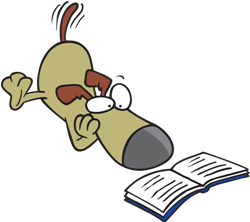
Have you finished this lesson? Don't worry if you don't get it all right the first time. Review and practice!
Here is an example practice. Read the following dialogue aloud:
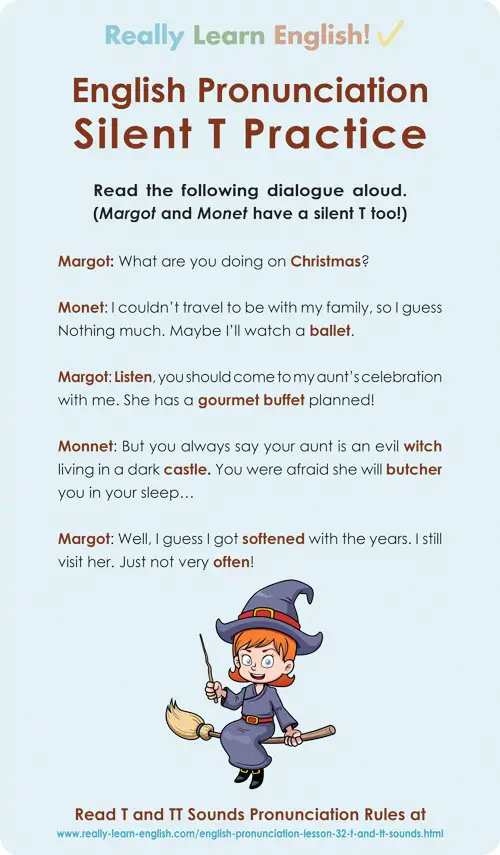
Get Updates, Special Offers, and English Resources
Download your FREE GIFT (the first two chapters of
English Short Stories Book and Workbook)
as soon as you join!

By submitting your email, you consent to receiving updates and newsletters from us and to the sharing of your personal data with third parties for the purposes of sending you communications. We will not spam you. You can unsubscribe at any time. For more information, please see our privacy policy.
Return
from T and TT sounds to
English Word Pronunciation: Improve that Accent








